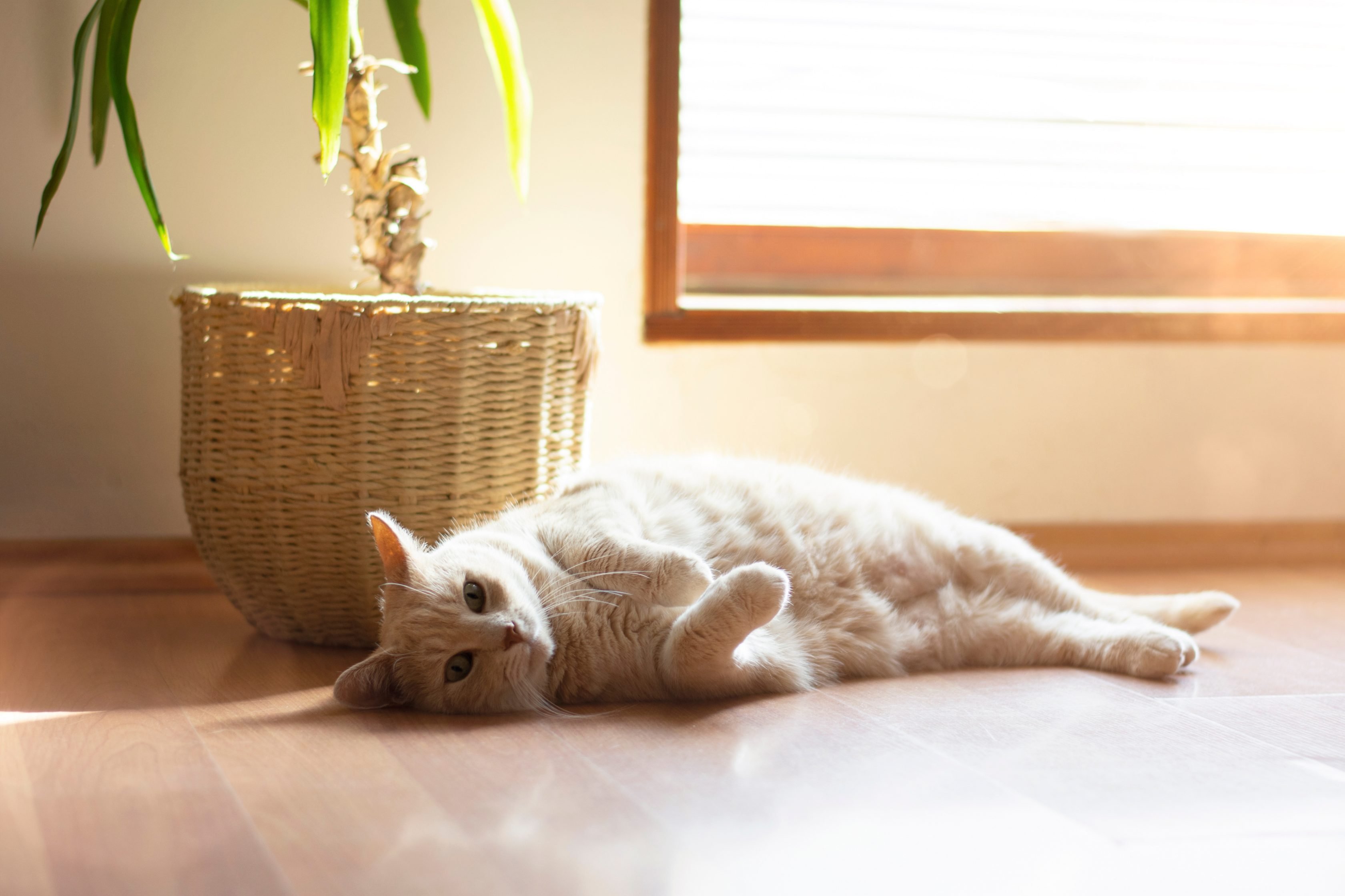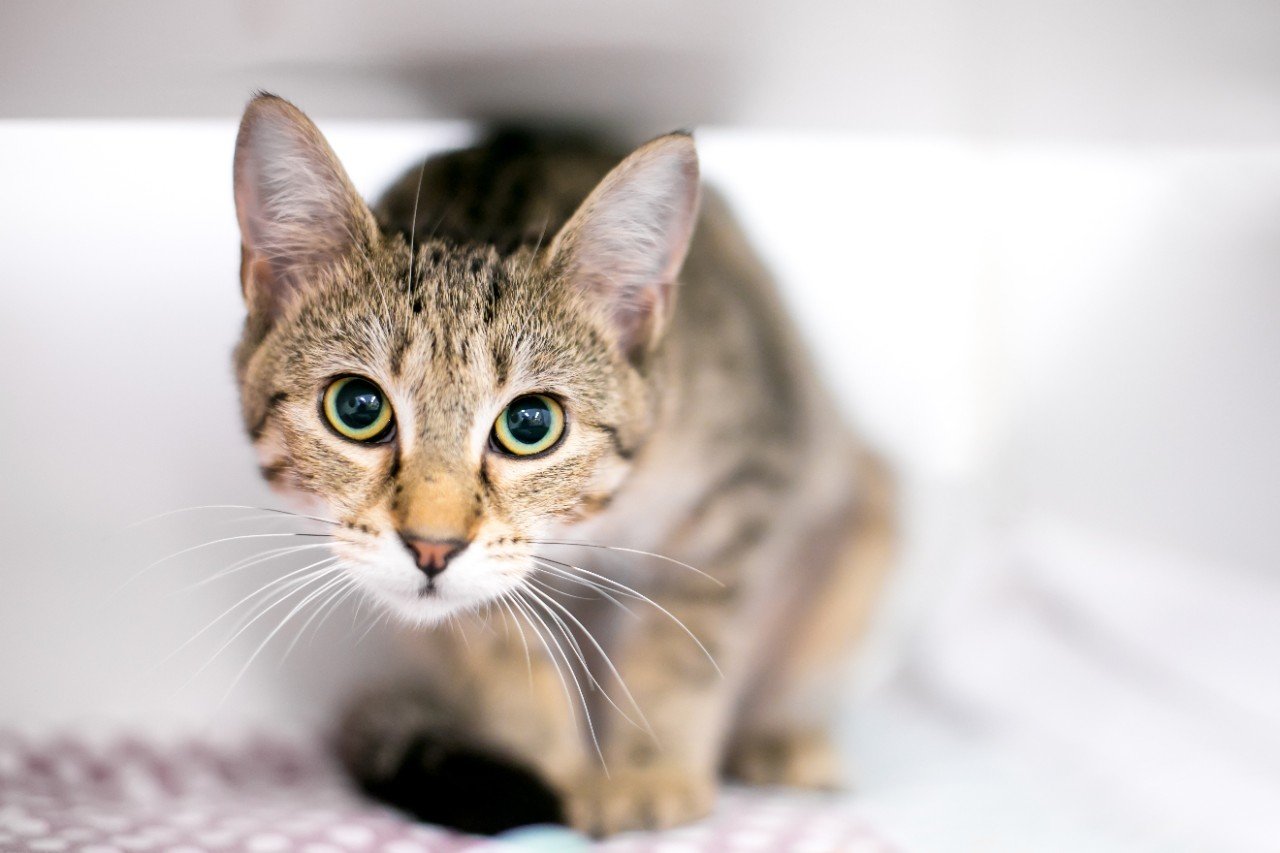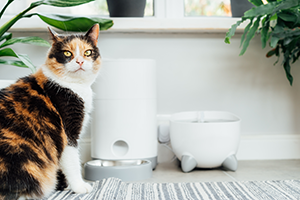If your female cat has suddenly started acting unusually, such as meowing a lot or seeming restless, she might be going through her first heat cycle. Cats in season go through natural hormonal changes that can cause big shifts in their behaviour, catching many owners off guard.
This guide will provide everything you need to know about cat heat cycles, including the main signs of cats in heat and, most importantly, how to support your cat through these new changes.

















